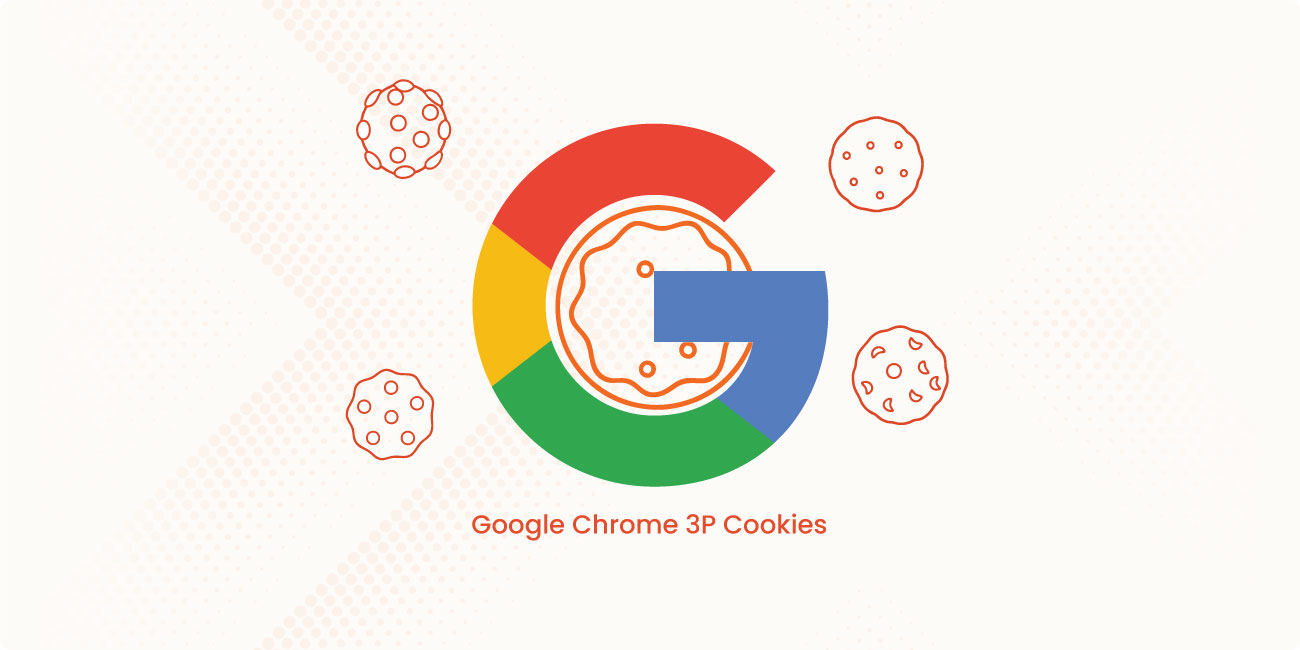
As Digital Advertisement market is growing the frauds are also rising steeply. According to eMarketer ,”Ad spend on video in the U.S. nearly doubled in just a few years from $7.7 billion in 2015 to $13.2 billion in 2017 and by 2020, video ad spend is expected to exceed $18 billion.But besides growth Frauds in Digital advertisement are also a global phenomenon. Fraud is roughly twice as common in video as it is in display. About 10 percent of the video impressions that Double Verify scans in North America are fraudulent, while only about 5 percent of display impressions are tied to fraud. White Ops estimates that fraud accounts for 22 percent of video spend and 9 percent of display spend. Integral Ad science found that 8.3 per cent impressions of display ads were fraudulent in 2016. Approximately 50 per cent of ad impressions served on the internet go to non-human traffic which becomes a massive revenue hole for most advertisers and publishers. In the last year i.e. 2017, ad frauds have risen a high 4 per cent and went up from 20 per cent to 24 per cent. According to Pixalate 1 in 5 pay per clicks were fraudulent in January 2017.
In order to prevent frauds , it is important to know about the kind of frauds happening in the industry, so here are few of the most common ones
Automated traffic/Bots
To entice ad buyers, fraudsters sell bot traffic and impressions tied to masked URLs at a discount. 1 in 5 ad-serving websites is visited exclusively by fraud bots and accounts for 56% of overall website traffic as well.
Sophisticated botnets
In recent times hackers are going sophisticated with their ad frauds and are launching big level botnets like HyphBot and MethBot which manipulates the way by which a user browses the website via browser.So as to generate billions of video ad request resulting in millions of dollars in losses to marketers.
Spoofing
When users’ device and browser are manipulated to resemble a different device or browser. It is commonly used to produce a real – life distribution of traffic and simulate traffic from multiple visitors.
Adware/Ad Injection
This happens when ads appear on websites without publisher’s knowledge; those ads can either replace paid ads or simply appear on websites that never show ads. This is called ad injection and it’s done through browser extensions or adware plugins. By doing this the paid ads get replaced with other ads, damaging both advertisers and publishers.
Domain spoofing
Domain spoofing is the practice of selling ad inventory on low-profile websites by falsely presenting them as premium websites. This practice allows publishers to misrepresent low-quality inventory as coming from high quality sources. In some cases, ghost sites can use this technique.
Wrong Player Size
Its very common kind of fraud where large sized video ads are squeezed to small banner placements of 300×250 size. Although ads are visible with high viewability but they’re much smaller than what the advertiser thinks it paid for.
An estimate has been made that digital advertising spends in India will reach $ 1.2 billion, aiming for 14.3% of total media expenditure. However, $350 million of this is being lost to frauds only.The sudden growth in opportunities is the main reason for the rise in frauds. But with technology and few fraud detection tools advertisers can avoid these kind of frauds.
Xapads too is integrated with market’s biggest fraud detection tools like IAS & Pixalate which assures the advertisers with quality inventory.







